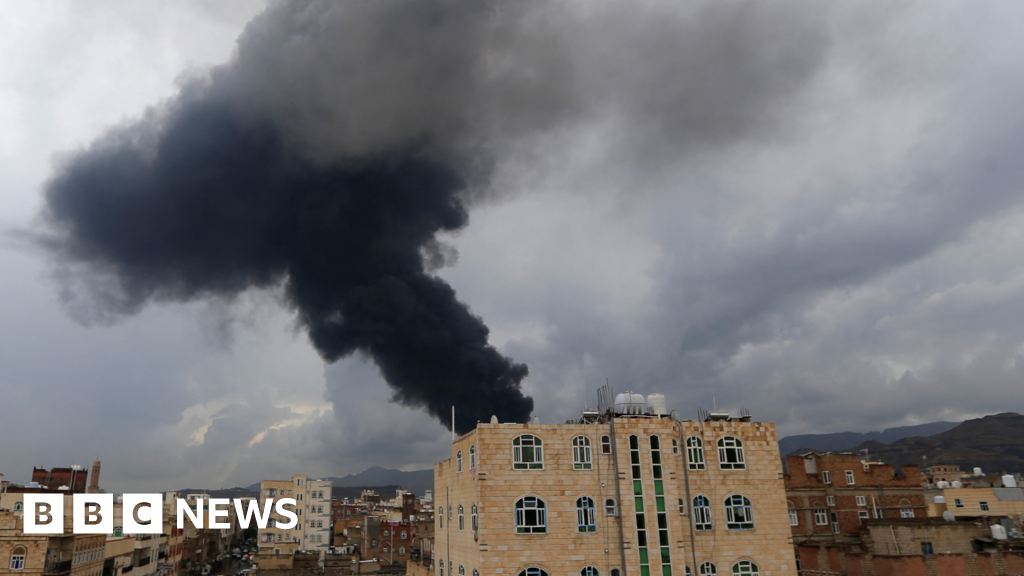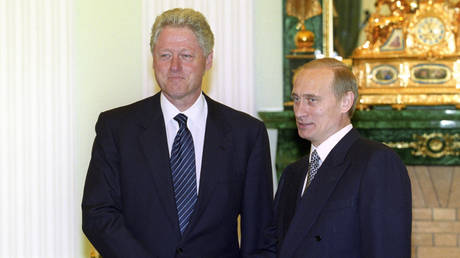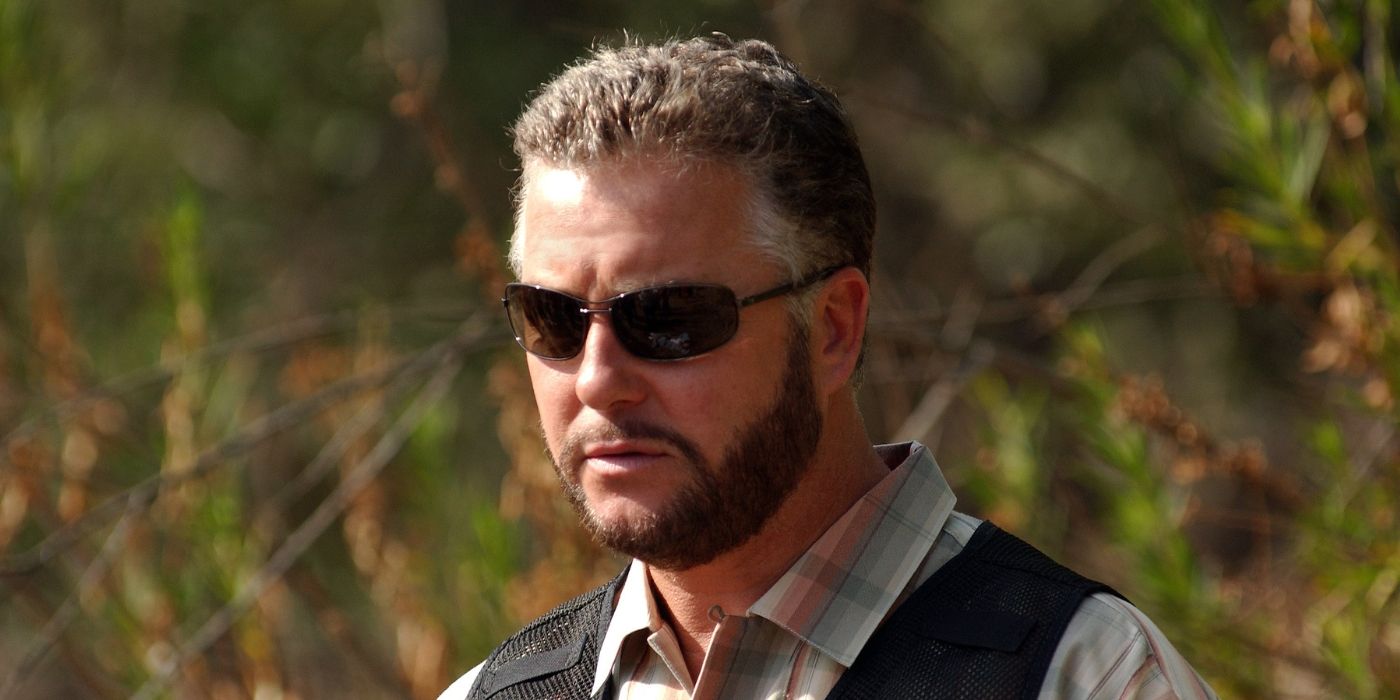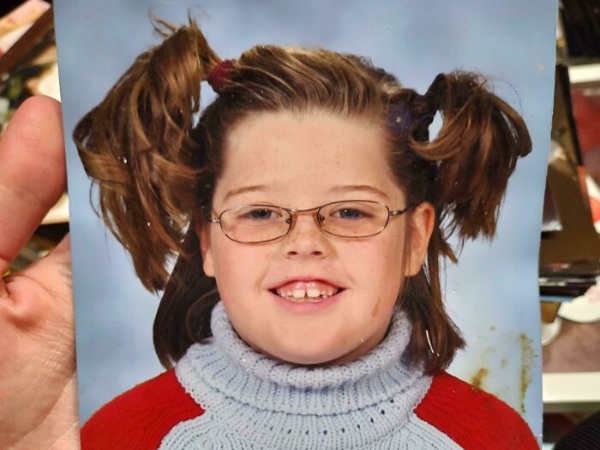A disease we thought was gone is roaring back—here’s why
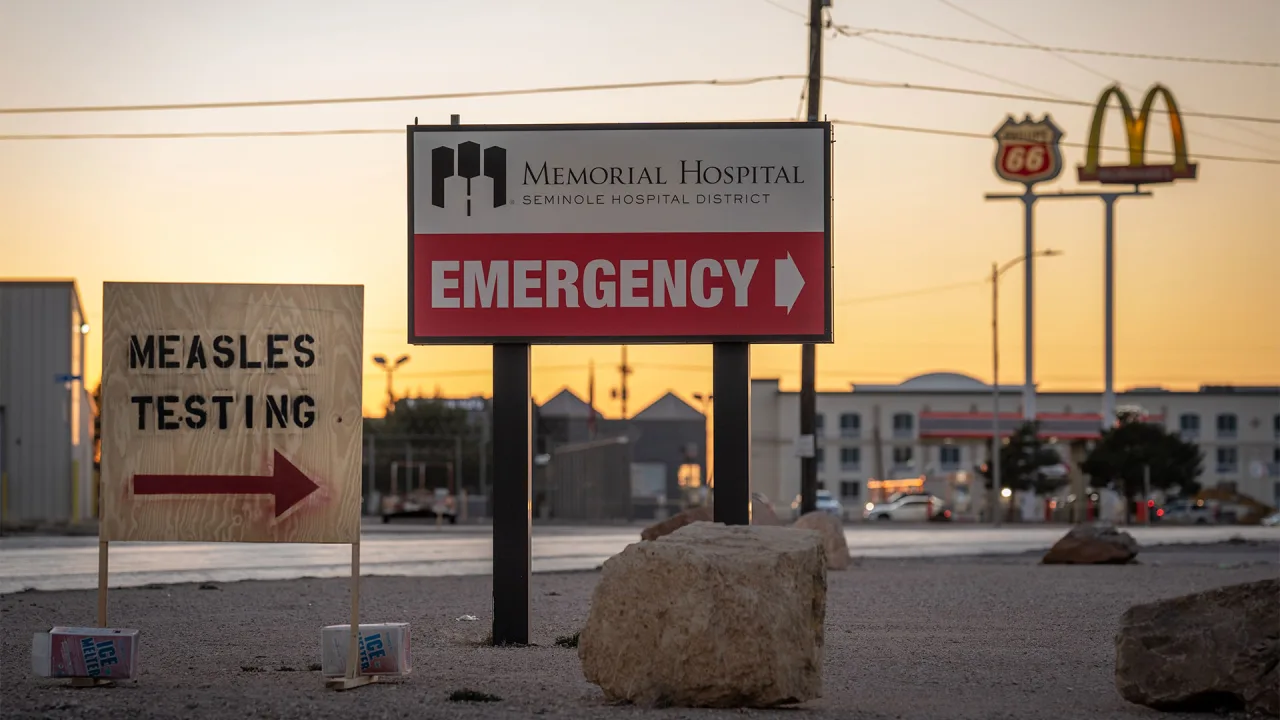
An infectious disease once eradicated in the U.S. is making a grim comeback this year.
New CDC data reported on Wednesday reveals that the country tallied its highest number of measles cases since 1992. As of July 8, the U.S. has reported 1,288 cases of measles across 39 states. Of those documented measles cases, almost 90% are concentrated in outbreaks of three or more cases.
The 2025 case tally halfway through the year already exceeds the post-1992 record of 1,274 measles cases reported in 2019. While the official measles numbers are alarming as is, any published number is likely an undercount due to the likelihood of unreported cases.
A wildly contagious virus that poses a particular risk to children, measles was once considered a disease of the past in the U.S. due to widespread uptake of a safe, effective vaccine. The CDC declared measles officially eliminated in the U.S. in 2000, a milestone the agency’s website still hails as a historic achievement attributable to a “highly effective vaccination program” in the country.
Of the 1,288 reported measles cases this year, 29% were children under age 5 and two-thirds of the reported measles infections were people under the age of 19. Of those infected, 92% were either unvaccinated or had an unknown vaccination status, while 8% had received at least one dose of the measles, mumps, and rubella vaccine. Of the total cases, 13% resulted in hospitalization and three measles deaths have been reported so far.
Clusters of measles outbreaks
While cases have been documented across most states, a major measles outbreak in Texas sent case counts soaring this year. By early July, Texas had reported 753 measles cases, mostly concentrated in a Mennonite community in Gaines County, near the border with New Mexico. Gaines County is one of the least-vaccinated areas of Texas, with almost 14% of school-aged children skipping at least one vaccine dose during the last school year.
Beyond major outbreaks like the one in Texas, measles is making inroads in places that haven’t reported cases in years. North Dakota recorded its first case in more than a decade in May, when the spread of measles was limited to 11 states.
When it gains a foothold in unvaccinated communities, measles infections spread like wildfire. The virus is extraordinarily contagious and can survive in the air hours after an infected person sneezes or coughs. An estimated 9 out of 10 nonimmune people exposed to the measles virus go on to become infected—a rate that outstrips COVID-19, the flu, and even the deadly Ebola virus.
While vaccines are required for students in all 50 states, the majority of states let students opt out for personal or religious reasons, including Texas. Around the country, more parents of school-aged children are taking that out and declining vaccines in recent years. From 2019 to 2023, measles vaccination rates fell from 95% to 92%. That 95% threshold is important: A community is considered protected against the measles virus when 95% of its members are vaccinated. In Texas, kindergarten vaccination rates are now under 95% in half of counties around the state.
National vaccination rates aren’t declining in a vacuum. Vaccine skepticism—once a fringe belief in the U.S.—has become supercharged in recent years, with a proliferation of misinformation powering its rise. Political leaders have seized on worries about vaccine safety to sow political divisions and in some cases to cash in on the millions flowing to anti-vaccine causes.
Most prominent among them is Robert F. Kennedy Jr., who after being appointed by President Trump to lead the Department of Health and Human Services now shapes the national conversation around vaccines. Earlier this week, a group of major medical organizations including the American Academy of Pediatrics sued HHS and Kennedy, alleging that he made “unlawful, unilateral vaccine changes,” including withdrawing the CDC’s recommendation of the COVID-19 vaccine for pregnant women and children.
What's Your Reaction?
 Like
0
Like
0
 Dislike
0
Dislike
0
 Love
0
Love
0
 Funny
0
Funny
0
 Angry
0
Angry
0
 Sad
0
Sad
0
 Wow
0
Wow
0

